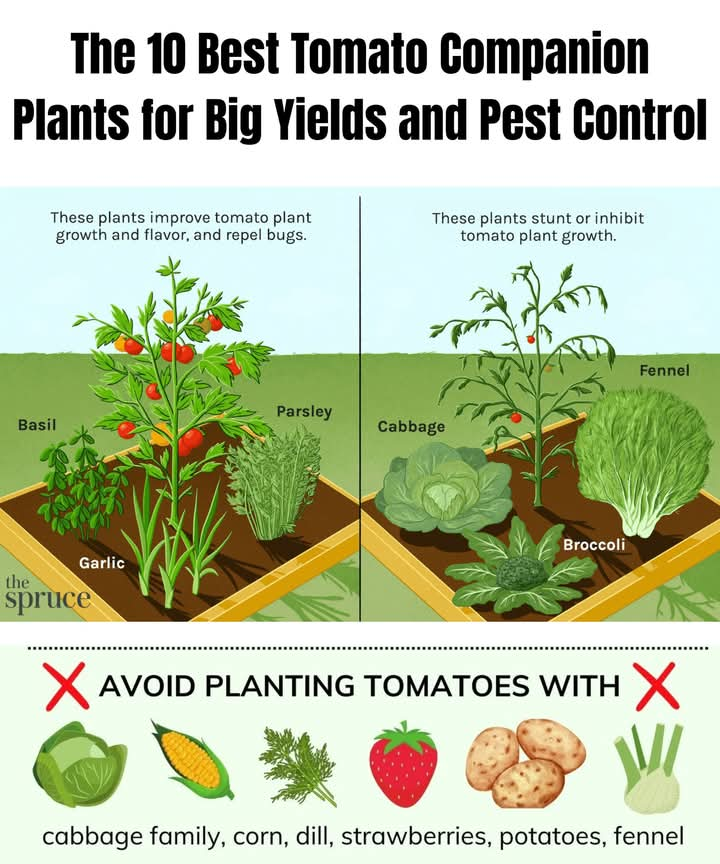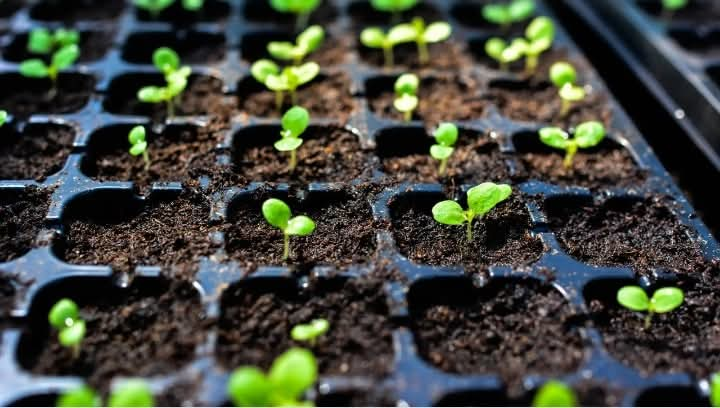Sunken nursery bed
Sunken nursery bed
This bed type is prepared during winter or in dry and windy areas. The bed has to be kept 10cm−15 cm below the ground level so that when the air blows across the soil surface, the seedlings in the bed are not hit by the cool breeze.
The arrangement also helps protect seedlings from hot winds and evaporation, thus reducing water consumption. The soil of the seedbed has to be sterilised by soil solarisation to avoid contamination by pests and diseases, enhance promoting faster growth of your good crops.
Advantages of a sunken bed
1. A sunken bed facilitates the deposition of irrigation water or rainwater for longer.
2. It improves the absorption of water.
3. Helps keep the soil cooler in summer.
4. It protects the seedlings during high wind conditions as they are covered.
5. It improves water retention.
6. It improved crop uniformity.
7. It simplifies irrigation. A sunken bed reduces evaporation from the soil.
8. This type of bed helps conserve moisture, thus helping in case of water scarcity.
9. Reduces nutrient leaching.
Disadvantages of a sunken bed
1. Sunken beds can be problematic in climates prone to flooding as they take advantage of sparse rainfall. To avoid flooding, you can dig and create drainage around the beds so they don’t overfill with water and wash away your plants.
2. Farmers in cooler climates have no use for sunken beds as the deeper trenches for planting stay cool longer in the spring, hence delaying planting. The added moisture can also stunt or kill plants by drowning their roots.




